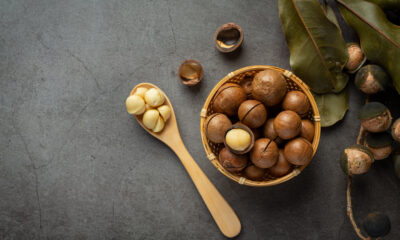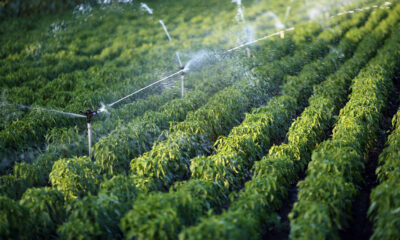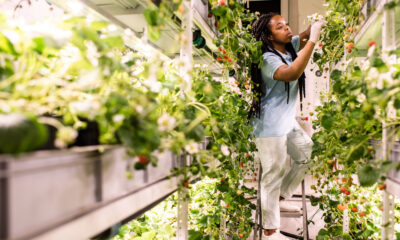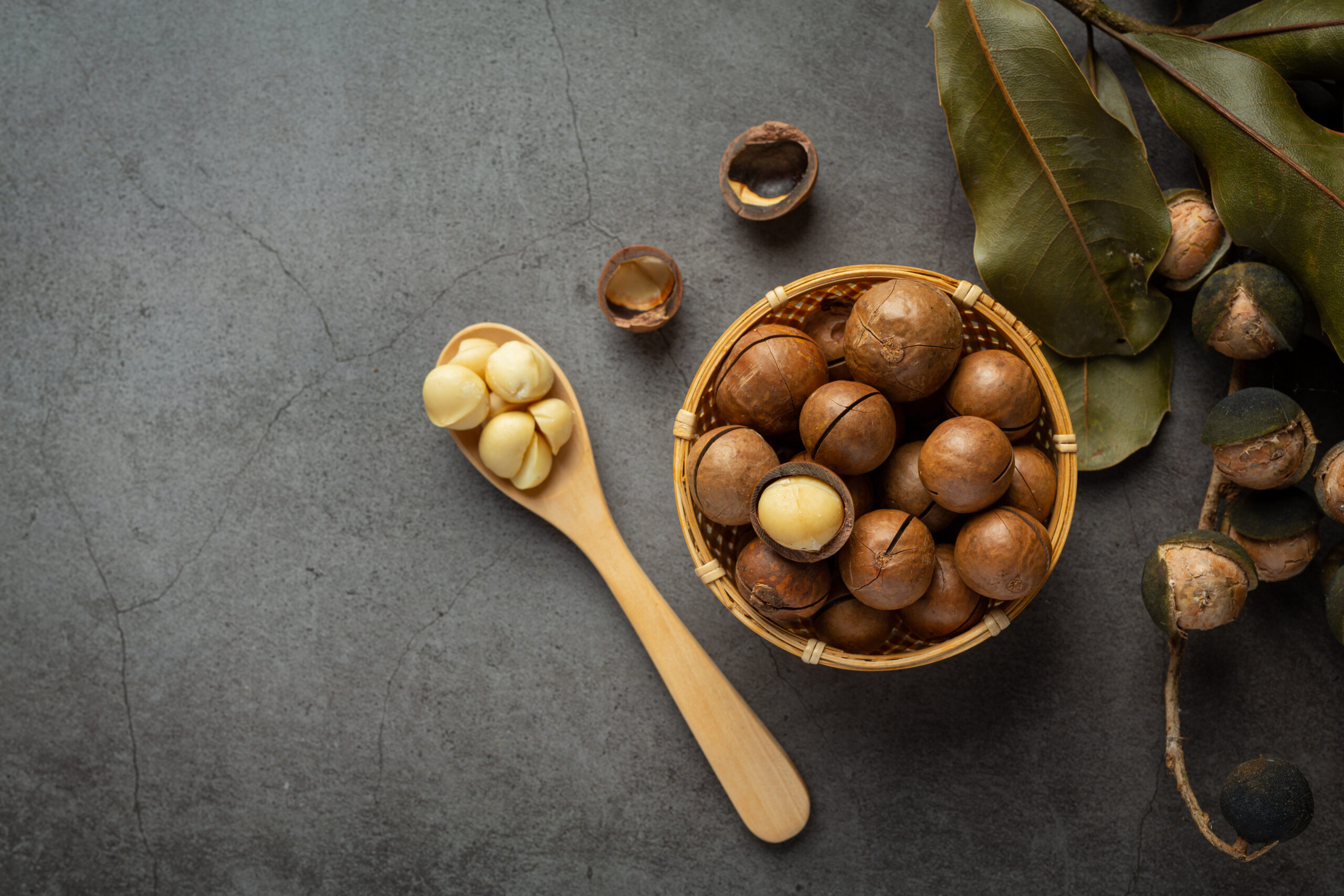Introduction
Coriander, renowned for its distinctive flavor and versatile culinary applications, continues to maintain robust demand globally. This herb, derived from the Coriandrum sativum plant, enjoys widespread popularity in various cuisines worldwide. Ranging from Asian to Latin American dishes. Its enduring appeal can be attributed to a combination of factors. Including its unique taste profile, culinary versatility, and perceived health benefits.
One of the key drivers behind the sustained demand for coriander is its integral role in enhancing the flavor profile of a wide array of dishes. Its fresh, citrusy aroma and slightly spicy, earthy flavor make it a beloved ingredient in both savory and sweet recipes. From curries and salsas to marinades and baked goods. Coriander adds depth and complexity to culinary creations, appealing to discerning palates across cultures.
Coriander’s popularity is bolstered by its perceived health benefits and nutritional value. Rich in antioxidants, vitamins, and minerals. Coriander is hailed for its potential to support digestion, improve heart health, and even aid in detoxification. As consumers increasingly prioritize health and wellness, the demand for natural, nutrient-rich ingredients like coriander continues to surge.
Overall, the enduring popularity of coriander underscores its status as a beloved culinary staple with widespread appeal. By understanding the factors contributing to its sustained demand. Stakeholders can gain valuable insights into the dynamics shaping the contemporary food market landscape.
Coriander
Coriander, a popular product renowned for its aromatic leaves and seeds. It traces its origins back thousands of years to the Mediterranean region and parts of Asia. Belonging to the Apiaceae family, it is native to southern Europe, North Africa, and southwestern Asia. The cultivation of coriander can be traced as far back as ancient Egypt. Where its use in culinary and medicinal practices was documented.
The ancient Greeks and Romans were also known to utilize corianders both for its flavorful properties and for its purported medicinal benefits. From there, its popularity spread across Europe and Asia, accompanying trade routes and culinary exchanges.
The spread of corianders to other parts of the world, including the Americas, can be attributed to European exploration and colonization. Today, coriander is cultivated in various regions globally, including India, Mexico, and Morocco, reflecting its adaptability to diverse climates and soil conditions.
Despite its ancient origins, coriander remains a popular product in modern cuisine, valued for its versatility and distinct flavor profile. Its journey from ancient civilizations to contemporary cuisines is a testament to its enduring appeal and widespread usage in culinary traditions worldwide.
Coriander Market Demand
The coriander market continues to experience robust demand, fueled by growing consumer interest in diverse cuisines and healthy eating habits. According to recent market reports, the global demand for coriander is to reach approximately 290,000 metric tons by the end of the forecast period. With a steady annual growth rate of around 4%.
One of the driving factors behind this demand surge. It is the increasing awareness and emphasis on sustainability within the food industry. Consumers are increasingly seeking out products that produce in an environmentally responsible manner, leading to a rise in demand for sustainably sourced corianders.
In response to this trend, many corianders producers and suppliers are implementing sustainable farming practices aimed at reducing environmental impact and promoting biodiversity. This includes initiatives such as organic farming, water conservation measures, and crop rotation techniques.
Furthermore, there is a growing preference among consumers for coriander sourced from regions with transparent and ethical supply chains. Further driving the demand for sustainably produced coriander. As a result, stakeholders across the coriander supply chain are investing in sustainability initiatives to meet this evolving consumer demand. While ensuring the long-term viability of the industry.
Overall, the correlation between sustainability efforts and increased market demand. This underscores the importance of environmental stewardship in shaping the future of the coriander industry.
Conclusion
In conclusion, the enduring popularity of corianders as a beloved culinary staple is evident. In its sustained global demand and widespread usage across diverse cuisines. With its aromatic leaves and seeds. Coriander adds depth and complexity to a myriad of dishes, from traditional curries to modern fusion creations. Its journey from ancient civilizations to contemporary kitchens reflects its remarkable adaptability and enduring appeal.
Furthermore, corianders market continues to thrive. Driven by factors such as increasing consumer interest in healthy eating habits and the rising demand for sustainably sourced ingredients. Stakeholders across the supply chain are actively implementing sustainable farming practices to meet this evolving demand while minimizing environmental impact.
Looking ahead, the future of the coriander industry appears promising, with continued growth projected in both production and consumption. However, challenges such as climate change and market volatility may present obstacles that require innovative solutions and strategic collaborations.
Overall, coriander’s journey from its origins to its current status as a popular product. Underscores its resilience and significance in global cuisine. By understanding the market dynamics and embracing sustainability initiatives. Stakeholders can contribute to the continued success and longevity of this beloved herb in the culinary landscape.


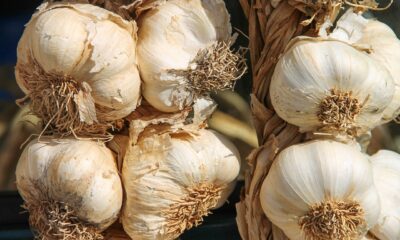

 Environmental Sustainability1 year ago
Environmental Sustainability1 year ago
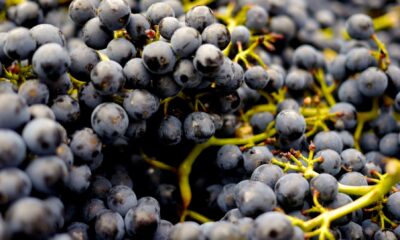

 Agriculture, Transportation & Logistics7 months ago
Agriculture, Transportation & Logistics7 months ago


 Agriculture, Transportation & Logistics1 year ago
Agriculture, Transportation & Logistics1 year ago
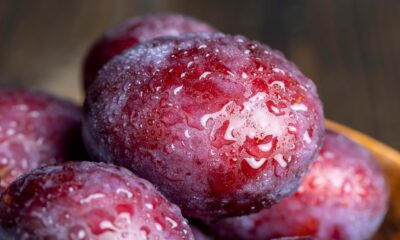

 Food Safety & Quality Control7 months ago
Food Safety & Quality Control7 months ago
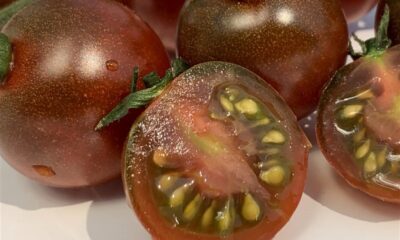

 Food Safety & Quality Control1 year ago
Food Safety & Quality Control1 year ago


 Food Safety & Quality Control1 year ago
Food Safety & Quality Control1 year ago
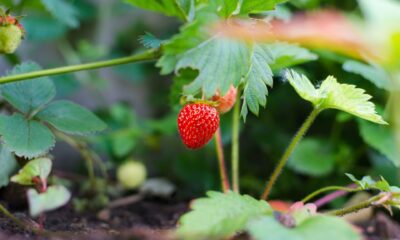

 Agriculture, Transportation & Logistics12 months ago
Agriculture, Transportation & Logistics12 months ago


 International Trade & Commerce1 year ago
International Trade & Commerce1 year ago




